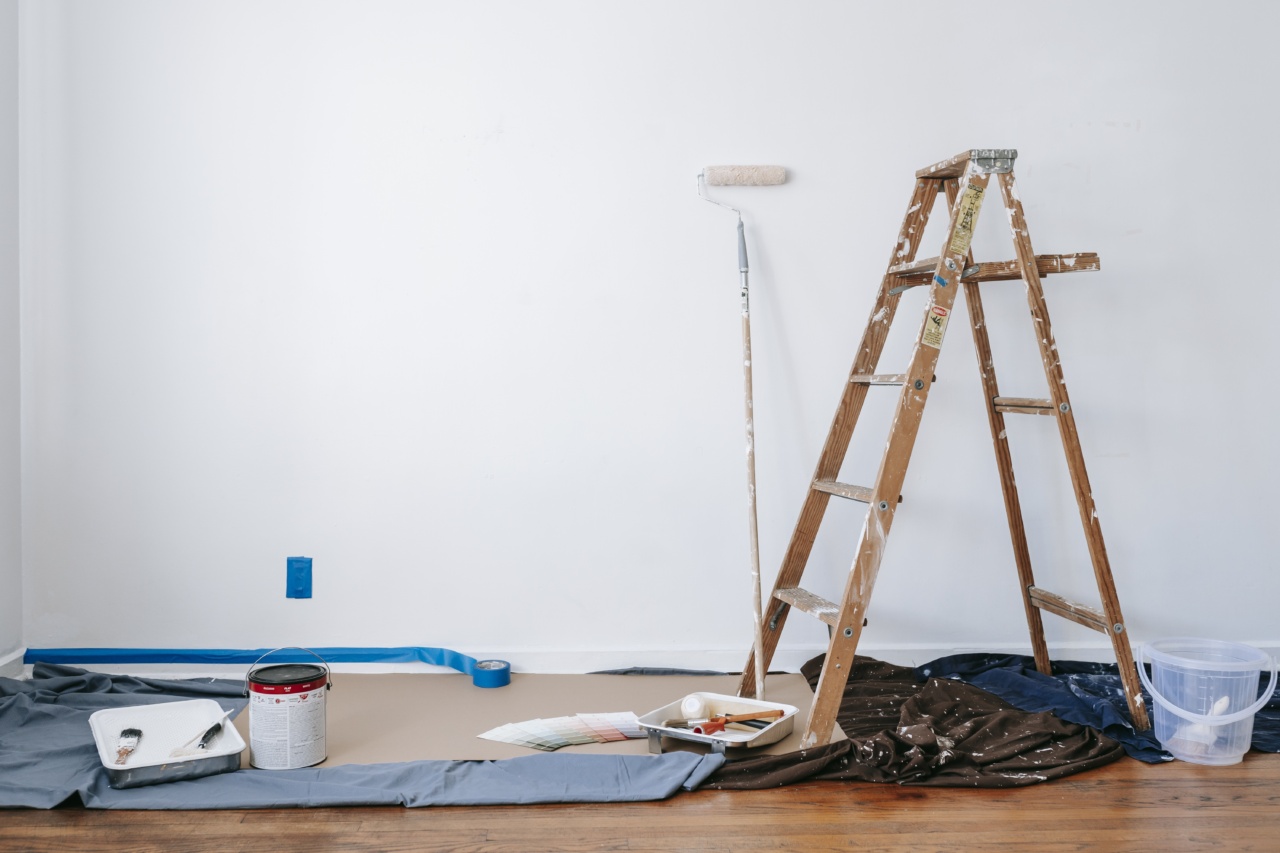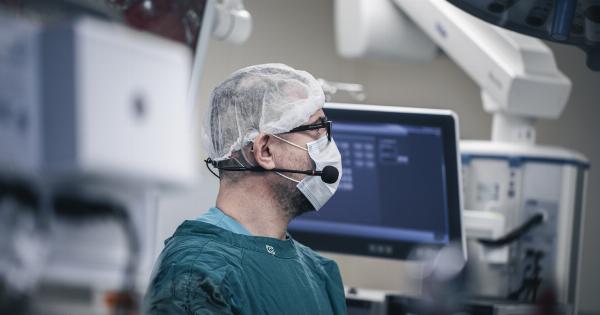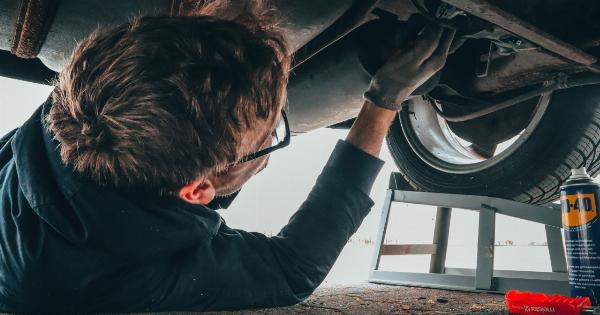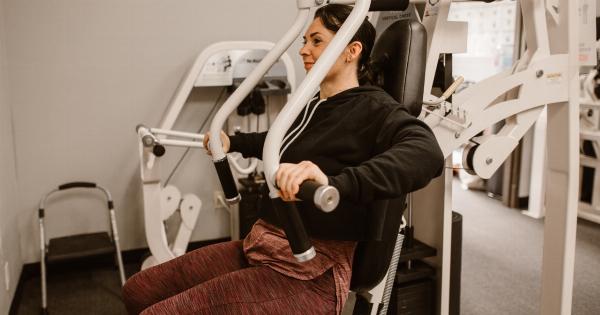Abdominal wall hernias are a common occurrence, with thousands of people worldwide experiencing the condition each year. The hernias can be caused by various factors such as increased intra-abdominal pressure, injury, and age.
However, the repair process of these hernias is essential, and the timing of surgery is a crucial factor in ensuring the optimal outcomes for patients.
Understanding Abdominal Wall Hernias
An abdominal wall hernia is a protrusion of the organs or fatty tissues through an opening in the abdominal wall. The hernia appears as a lump or bulge under the skin, and it is often accompanied by pain in the affected area.
If left untreated, the hernia can lead to severe complications such as intestinal obstruction, bowel strangulation, and infection.
Diagnosis of Abdominal Wall Hernias
Abdominal wall hernias are diagnosed through a physical examination by a physician, who looks for a lump or bulge on the patient’s abdomen.
Imaging tests such as ultrasound, CT scan, and MRI can also confirm the diagnosis and identify the location and size of the hernia.
Factors Affecting Timing of Abdominal Wall Hernia Repair
The timing of abdominal wall hernia repair depends on various factors such as the patient’s age, medical history, overall health, and the severity of the hernia.
In general, surgery is recommended for symptomatic hernias or those that are affecting the patient’s quality of life.
The timing of the repair also depends on the type of hernia. For instance, umbilical hernias in infants and children require immediate repair to prevent complications.
In contrast, in adults, umbilical hernias are repaired if they persist beyond six months or increase in size. Inguinal hernias, on the other hand, are repaired when they become symptomatic, but surgery is not necessary for all cases.
Types of Abdominal Wall Hernia Repair
The two main types of abdominal wall hernia repair are open repair and laparoscopic repair. In open repair, the surgeon makes an incision near the hernia and repairs the opening using sutures or a mesh patch.
In laparoscopic repair, the surgeon makes small incisions and uses a laparoscope to repair the hernia.
Benefits of Early Repair
Early repair of abdominal wall hernias has numerous benefits, including reducing the risk of complications and minimizing the recovery time.
In cases where the hernia is causing severe pain or discomfort, early repair provides immediate relief of symptoms and restores the patient’s quality of life.
Risks of Delayed Repair
Delayed repair of abdominal wall hernias can lead to several complications, including strangulation and obstruction of the bowel. Bowel strangulation occurs when the hernia traps the intestine, cutting off its blood supply, and leading to tissue death.
Bowel obstruction, on the other hand, occurs when the hernia blocks the passage of stool through the intestine.
Recovery Time
The recovery time for abdominal wall hernia repair depends on the type of repair, the size and location of the hernia, and the patient’s overall health. In general, open repair has a longer recovery time than laparoscopic repair.
Patients can expect to resume normal activities within two to four weeks after laparoscopic repair and four to six weeks after open repair.
Conclusion
The timing of abdominal wall hernia repair is a crucial factor in ensuring the optimal outcomes for patients.
Early repair of symptomatic hernias can minimize the risk of complications and reduce the recovery time, while delayed repair can lead to severe complications and a longer recovery time. Patients with abdominal wall hernias should seek medical attention promptly to ensure timely repair of the hernia.































